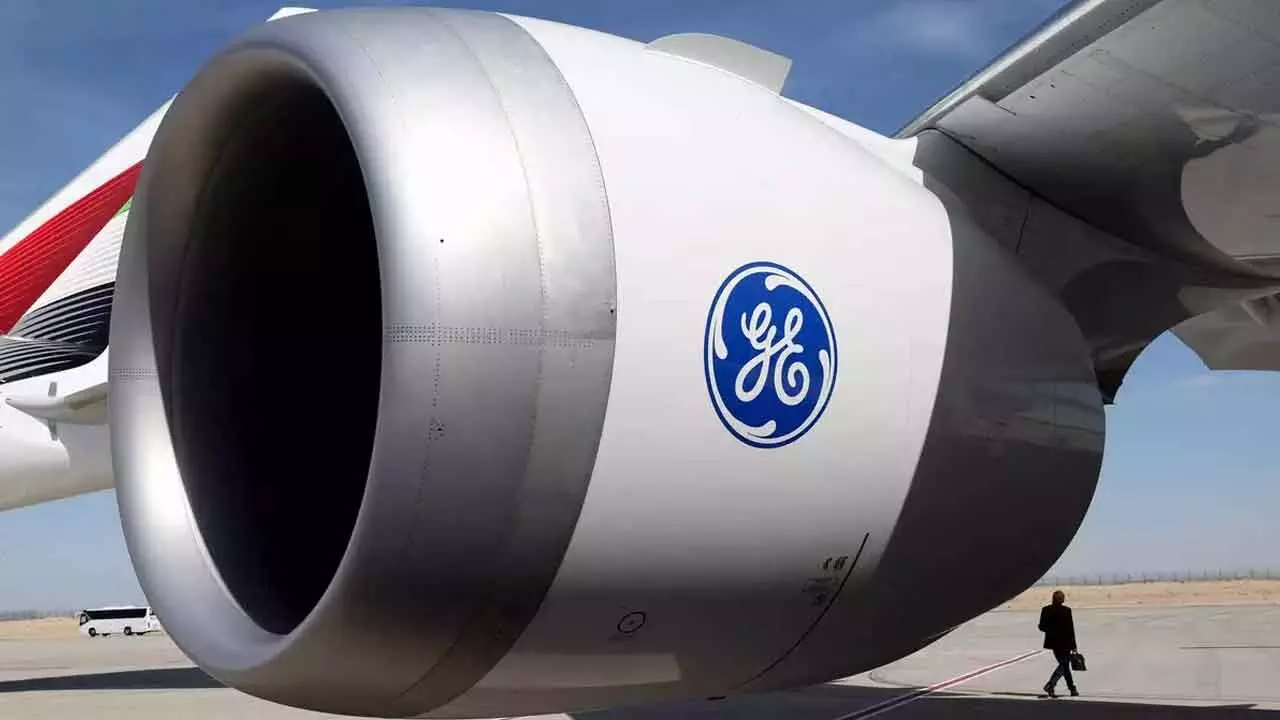GE Aviation Focuses On Engine Flexibility For Extreme Conditions
Currently, 90 GEnx engines power wide body Boeing planes of Air India, Vistara and Biman Bangladesh in South Asia
GE Aviation Focuses On Engine Flexibility For Extreme Conditions

GE Aerospace, whose GEnx commercial aviation engines have completed two million flight hours with South Asian airlines, works on making its engines more flexible and fungible so that carriers can operate them even in extreme conditions, according to a senior company official.
Currently, 90 GEnx engines power wide body Boeing planes of Air India, Vistara and Biman Bangladesh in South Asia, and Air India Group accounted for more than 90 per cent of the two million flight hours clocked by these engines.
Mahendra Nair, Group Vice President for Commercial Program at GE Aerospace, said that globally, the engines have been used for 51 million hours of flying and their use in India will accelerate as more planes with these engines start coming in. Air India plans to induct 20 Boeing 787 aircraft that will be powered by 40 GEnx engines. GEnx engines, which were delivered in South Asia in 2012, has achieved two million flight hours with South Asian airlines.
"Hotter environments and higher altitude environments when the air is thinner, that is when the engine performance is usually challenged. So, we have built the architecture of the engine so that it can actually operate in these what we call as extreme conditions. "We make the engine very flexible, very fungible so that airlines can fly wherever they want to fly," Nair said in an interview in the national capital.
GEnx engines have been instrumental in supporting South Asia's aviation growth, he noted. In India, which is one of the world's fastest growing civil aviation markets, these engines are used in Air India and Vistara's Boeing 787 planes. Vistara is a joint venture between Air India and Singapore Airlines. Vikram Rai, South Asia Chief Executive Officer of GE Aerospace, said the engines will achieve the 5 million flight hours faster in the region because the fleet has stabilised now and Air India will also be adding Boeing 787s that are in their order book.
He also noted as a track record, the company keeps on improving fuel burn, emissions and the sustainability of the engines. To help in identifying predictive maintenance measures for the engines, GE Aerospace uses advanced Artificial Intelligence (AI) and Machine Learning (ML)-driven models to increase the number of conditions that can be monitored with more accuracy. The company's AI-enabled Blade Inspection Tool (BIT) guides the selection of Stage 1 and 2 High Pressure Turbine engine blade images in GEnx commercial engines for technicians to inspect for faster, more accurate inspections. This helps in obtaining consistent images, a key input to building predictive models, it said in a release.
Meanwhile, CFM International -- an equal joint venture between GE Aerospace and Safran Aircraft Engines produces the LEAP engines, which also power many narrow-body planes in India. Around 1,300 engines of GE Aerospace and CFM are currently used in various planes of Indian carriers.
Also, GE Aerospace's defence engines and systems power Indian Airforce's Light Combat Aircraft Tejas Mk1, helicopters and Indian Navy's aircraft carrier battleships and frigates. The company has a manufacturing facility in Pune and the John F Welch Technology centre in Bengaluru that focuses on aviation technologies.

